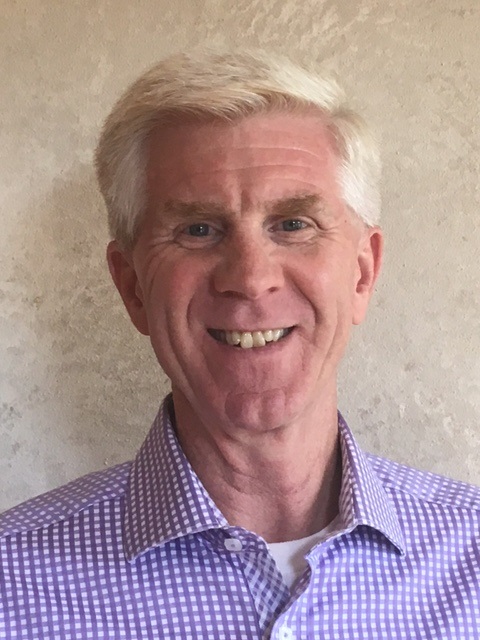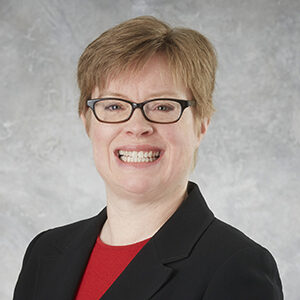
Participating in an Insurance Captive – ‘We Owe It to Ourselves to Take the Next Step’

“We owe it to ourselves to take the next step.”
Kevin Lamp, Chief Financial Officer (CFO) of The Fall River Group in Fall River, Wis., recently shared his perspective on why members of The Alliance cooperative should consider participating in an insurance captive. Kevin’s remarks are shared below to help you decide whether your company can benefit.
From my perspective in Member Services at The Alliance, the most striking thing that Kevin said was:
A Captive Feasibility Study
What prompted Kevin’s remarks? The Alliance is currently working with member employers to study the feasibility of creating a captive for medical stop-loss insurance. To participate in the feasibility study, employers must:
- Have 100 or more employees.
- Be willing to make a long-term investment to gain medical stop-loss savings.
- Spend time now to answer key questions and then provide additional information about stop-loss practices.
- Submit data by Aug. 1, 2017.
When the feasibility study ends in the fall of 2017, The Alliance hopes to work with a group of committed employers to create its first captive group for medical stop-loss insurance. This group will agree to attend quarterly meetings to guide the captive’s development. Learn more about the study by contacting us.
Please thoughtfully consider Kevin’s remarks as you weigh your own decision about whether a captive can help find more savings from your self-funded health plan.
Kevin Lamp, CFO of The Fall River Group, shares his perspective on participating in The Alliance captive feasibility study.
Is the Fall River Group currently participating in an insurance captive?
The Fall River Group has joined two insurance captives. We joined one captive group in June 2014 for medical stop-loss coverage and one in January 2015 for workers’ compensation and general liability insurance.
What has your experience been so far? Have you seen any savings or positive results?
The Fall River Group has been extremely satisfied with both captive solutions. We have witnessed significant savings in both premiums and total dollars spent compared to the traditional insurance solutions. The concept of like-minded employers working together to reduce claim exposures and subsequently reduce costs is the most important aspect of the program. Sharing ideas and experience within the captive family of companies is very valuable.
What would you tell employers thinking about whether to work with The Alliance to study the feasibility of a medical stop-loss captive for cooperative members?
You already are like-minded employers who are familiar with The Alliance and with each other’s insurance objectives. This is the mindset of a long-term commitment to moving health care forward. That’s also true for a stop-loss captive. It’s not a quick fix. But it does give us the ability to work together to create additional savings, which we’re already doing as part of The Alliance cooperative. We owe it to ourselves to take the next step.
Do you think creating a stop-loss captive through The Alliance will be difficult?
No. It seems like it will be an easy thing to accomplish to get this going. We’re going to do our homework and then we’ll make decisions together. I’m glad to hear there will be quarterly meetings because that will make it easier for us to make those decisions.
Has Fall River turned down any past opportunities to join a captive?
We have turned down opportunities that were not right for us. Fall River was asked to join a homogenous funding group and we said ‘no’ because being part of a group of employers who are all in the same industry has additional risks. One benefit of the proposed Alliance captive is that it’s comprised of employers who operate in different industries and in a broader geographic area. That helps share the risk and increases the odds of savings from being part of the captive.
What will be the greatest benefit to Fall River? Is it the potential to receive dividends when the captive has a “good year” due to lower-than-expected claims?
Dividends are not the biggest benefit from my perspective. Employers should not go into this looking for dividends or other distributions. Employers should go into this because they want their stop-loss premiums to be lower. That’s where the savings lie from my perspective.
Are you hoping this captive will attract like-minded employers in other ways?
Captives can bring together employers who all make the same type of investment in improving the health of employees. One example is a captive group that brings together employers who have all invested in wellness programs for employees. That’s not expected to be part of The Alliance captive initially, but I hope over time the captive will develop to include these types of areas of emphasis.
What would you say to Alliance employers who qualify for the captive but do not pursue it at this time?
This can be a very good thing. I really believe it might be a lost opportunity if you don’t pursue this.








